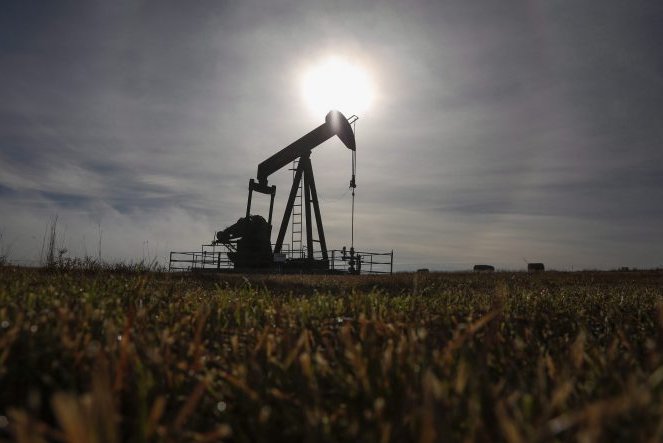In Saskatchewan, the amount of inactive oil well increased by nearly 90 per cent between 2005 and 2017. Saskatchewan’s auditor, Judy Ferguson, is calling on the Ministry of Energy and Resources to review on whether they are able to sufficiently handle approximately 9,000 inactive wells.

“What we’re really saying to the ministry is do you have enough programs to make sure that you keep the industry on hook for that,” Ferguson said.
Legally, it is the responsibility of oil companies to clean up well sites once they are no longer needed. However, some companies go bankrupt before this can happen. The results are orphaned wells being scattered across Saskatchewan.
In response, the province developed the Saskatchewan Oil and Gas Orphan Fund (SOGOF). Oil companies pay a levy into SOGOF each year, and this money goes into remediating the orphan well sites.
READ MORE: Feds to spend $280k to study why Canada’s oil and gas sector is falling behind
This year, $4 million is being added to SOGOF. The current balance is $11.6 million. The levy adjusts annually based on the amount of abandoned wells.
With an upward trend of inactive well sites, Ferguson is concerned this may not be enough.
- Canadian man dies during Texas Ironman event. His widow wants answers as to why
- ‘Shock and disbelief’ after Manitoba school trustee’s Indigenous comments
- Canadian food banks are on the brink: ‘This is not a sustainable situation’
- Invasive strep: ‘Don’t wait’ to seek care, N.S. woman warns on long road to recovery
“For the orphan well fund, they have a levy that in essence if one producer goes bankrupt the industry itself covers it off. Are they making sure that they carefully think that industries not going to throw up their hands and say if you increase this levy too much I’m not going to pay that?” Ferguson said.
“What we’re really saying to the ministry is do you have enough programs to make sure that you keep the industry on hook for that.”
In a statement, the ministry also pointed to the Licensee Liability Rating Program (LLRP). Through this, companies whose future liabilities exceed corporate assets pay a security deposit.
READ MORE: Oil and gas spending will fall in 2018 in Canada, for 4th year in a row: Stats Can
In the event a company goes bankrupt, funds will be available to clean up the now abandoned wells. The current LLRP fund is $134.7 million.
Incident Inspections
Overall, the audit report found that the Ministry of Energy and Resource employees responsible for regulating oilfield incidents are doing a good job, but record keeping needs work.
There are four field offices for this work: Estevan, Swift Current, Lloydminster and Kindersley. Ferguson said the practices for record keeping varied a lot between the four. She would like to see a new standardized approach taken.
That involves the Integrated Resource Information System (IRIS), an IT system set up by the province to track incidents, investigations and results of oilfield incidents.
“It’s a case where the government put a lot of money into an IT system that for this particular area they’re not using very well,” Ferguson said. “You have a case where the guys in the field are still running around with their manual notebooks and not getting the information into the IT system.”
IRIS is also useful for oilfield operators. They also have access to the system and all non-confidential information. They can see what phase investigations are in and what recommendations are coming from ministry officials.
The Ministry says these practices can always be improved, and will work toward the auditor’s recommendations.
Ferguson said the energy ministry could look to the labour ministry, which has seen success in standardized record keeping for safety.
“They had very well defined processes, up to date manuals and guidance. Guys were following them. They were doing a really good job of documenting their activities and their decisions,” Ferguson said.




Comments